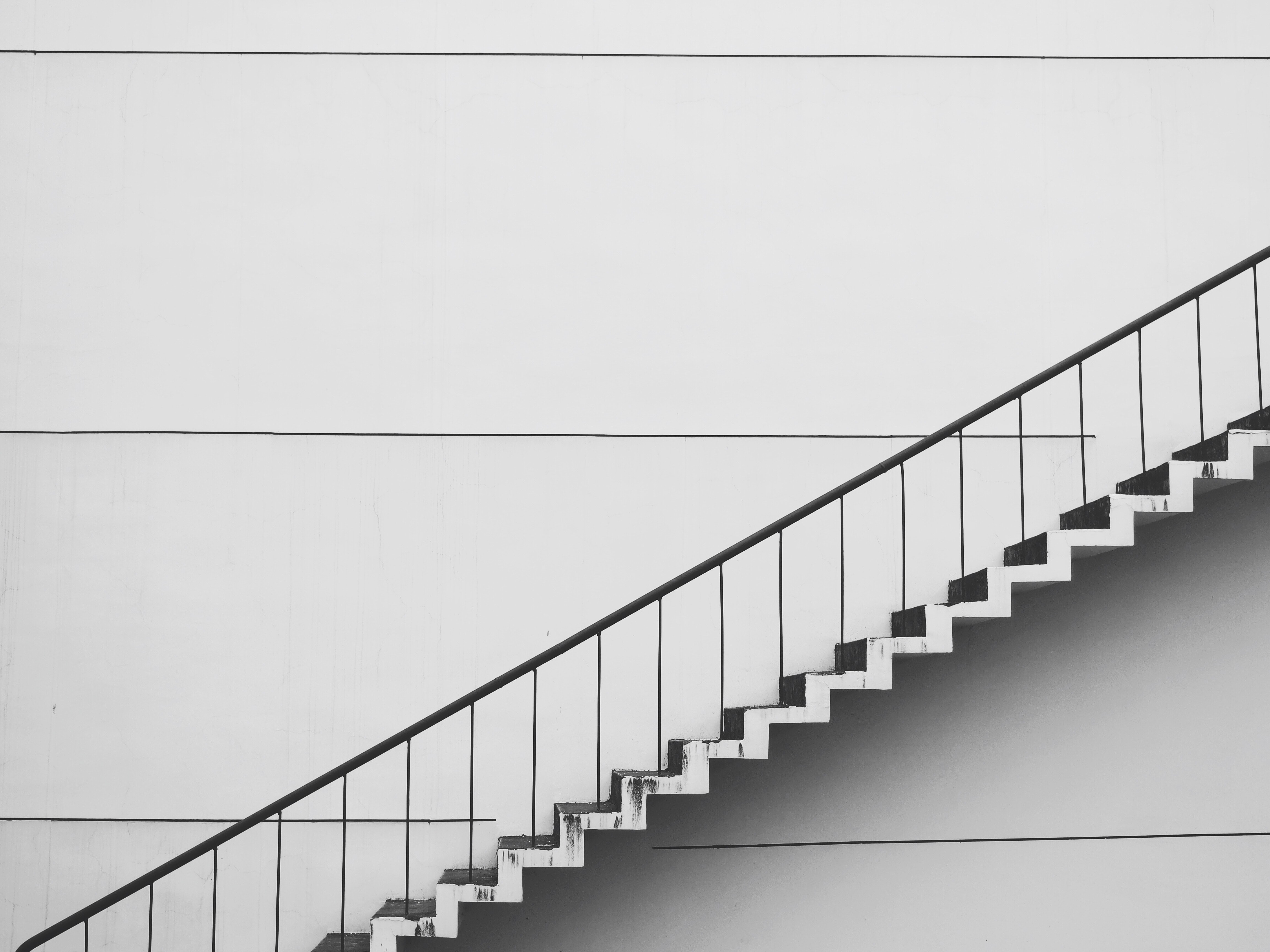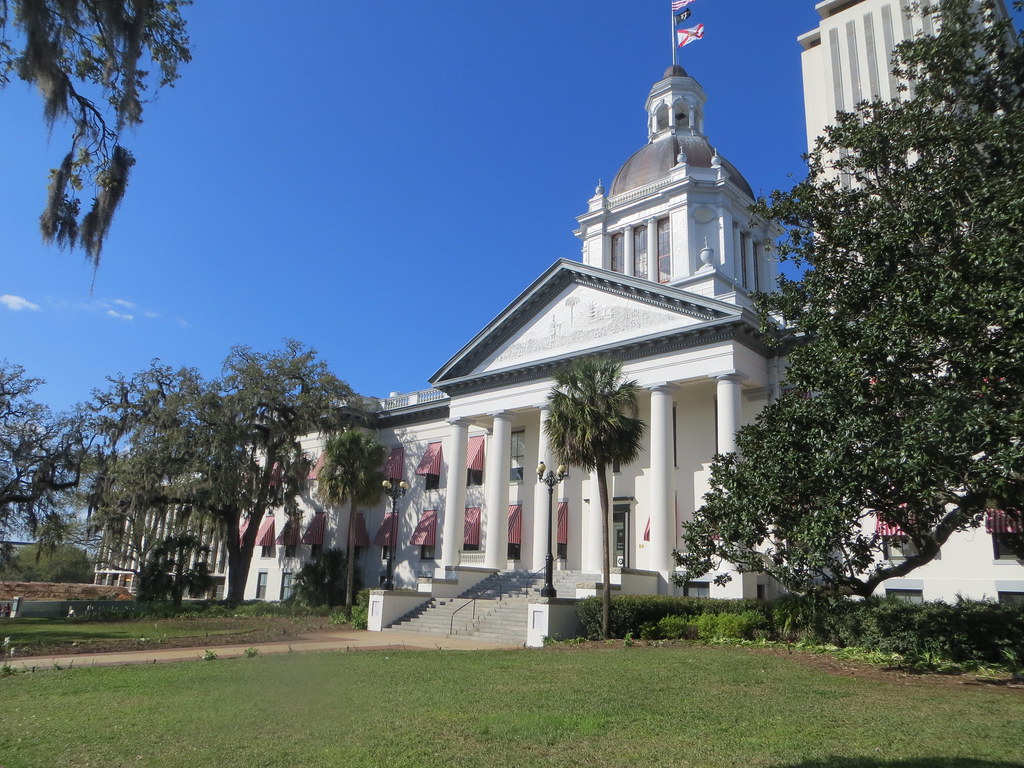With algorithms, long-term predictions, and monthly insurance premiums, risk often remains an abstract concept. The coronavirus COVID-19 global pandemic has brought risk into our daily lives. A third of the world population is on lockdown, many children are no longer partaking in their usual learning routines, and office-based jobs have been moved to work from home models on seemingly indefinite basis. Essential workers – including supermarket clerks, pharmacists, first responders, doctors, nurses, and delivery workers – are keeping the bloodlines of the city alive. But, the restaurants, local shops, and overall “buzz” that makes a city a city has suddenly been called into question.
The coronavirus pandemic is certainly not an exclusively urban phenomenon. Suburban and rural environments are likely to be or have already been affected. There are, however, certain factors in cities that contribute to their overall vulnerability, not only in respect to pandemics but also a wide-range of natural and man-made disasters. Urban environments are inherently dense, a contributing factor to quick spreading pandemics in cities and an immediate amplifier of any extreme weather event. Cities also concentrate economic activity, leading one type of incident to affect multiple sectors, supply chains, and everyday services.
Stark inequality – all too common in both developed and developing cities – serves as another magnifier. Vulnerable populations are, unfortunately, disproportionately affected in large-scale emergencies. Access to healthcare, gig-work, social benefits, and housing equity become strained in even a small-scale crisis. Lack of formal infrastructure – all too common in slums or tent-cities – make simple guidelines such as “shelter in place” or “wash your hands” not feasible. The COVID-19 virus has only begun to affect cities in Africa and the Middle East, and swift action and cooperation from a wide-range of government, international, and humanitarian actions will be essential to try to contain the impacts of the pandemic.
Now is a pivotal time to begin to think about how to make cities more resilient, illustrating how stronger day-to-day systems improving quality of life can allow cities to bounce back faster after disaster strikes. While the risk of a pandemic has become all too real, one should not forget the longer-term context of climate change and extreme weather patterns, threatening to affect our daily life for an extended period of time. Climate change, to some, may feel farther away and less tangible. But, current strategies cities are adopting in the name of public health may contribute to a city’s ability to face the next shock.
Singapore, Israel, and South Korea have used cell phone and other location data to help contain the novel coronavirus outbreak . Countries were able to alert people if they may have been in close proximity to somehow who tested posted for COVID-19, and public health authorities were able to conduct thorough contact tracing. Governments both in France and the US are now using cell phone data to determine both compliance to shelter-in-place orders and whether these measures are effective. While the privacy concerns around these approaches cannot be ignored (and it is worth noting that in most cases the data is deidentified), the use of data to inform policy-making and better understand people’s behavior lies at the heart of the smart cities movement. The benefits of technology are real. In a June 2018 report, the McKinsey Global Institute found that smart city applications can reduce greenhouse gas emissions by 10-15%, water consumption by 20-30% and unrecycled waste by 10-20% . Cities should continue to capitalize on data’s potential in both “grey sky” and “blue sky” contexts
On a daily basis, urban designers and transportation planners seek ways to improve urban mobility, promoting sustainable forms of transportation to simultaneously discourage car use and reduce greenhouse gas emissions. In New York’s current COVID-19 mitigation measures, pedestrian and bike space has been favored to vehicular traffic ; people are encouraged to walk, and, with the extra “sidewalk” space, they can keep a safe distance from their neighbor. Placing pedestrians and bikes at the heart of street life and street design has long been a policy goal for environmental reasons, but it’s taken a pandemic to prove the value of this approach.
When disaster strikes, creativity often flourishes. Hospitals in parks, shelters in schools, and high-speed trains as medical transport. Flood barriers can even serve as a community art project . Space – whether in open air, a building, or a train car, needs to be adaptable, and city planners, landscape architects and local decision-makers can lead the way. Not every site can have multiple uses, but I would encourage us all to think about how each structure, each building, each street corner can serve a multiple purposes if needed.
Mixed-use and multi-disciplinary planning is central to urban planning. It also happens be central to emergency preparedness. Scalable emergency preparedness plans allow for a structured crisis response, clear communication with the public, and can, hopefully, mitigate impacts of a crisis. Emergency operations are coordinated with a wide-range of stakeholders, and preparedness plans consider what resources, operations, and services may be needed as an emergency incident expands or changes direction. Plans are a guide, and they adapt to the situation; the very nature of emergencies means the next step is often hard to predict. There is no reason that cities shouldn’t be designed with that same flexibility; they are certainly not static.
Taking the recommendations for this pandemic literally – for example, integrating social distancing guidance into every common space – may not be useful. The next pandemic will not be like this one, each crisis has its own personality, and, for the most past, normal days will outnumber the pandemic days we’re living through now. Urban environments, however, must be robust to absorb upcoming shocks. Cities know their risks. It would be shortsighted to think the COVID-19 pandemic is the only time cities will be faced with catastrophe.



